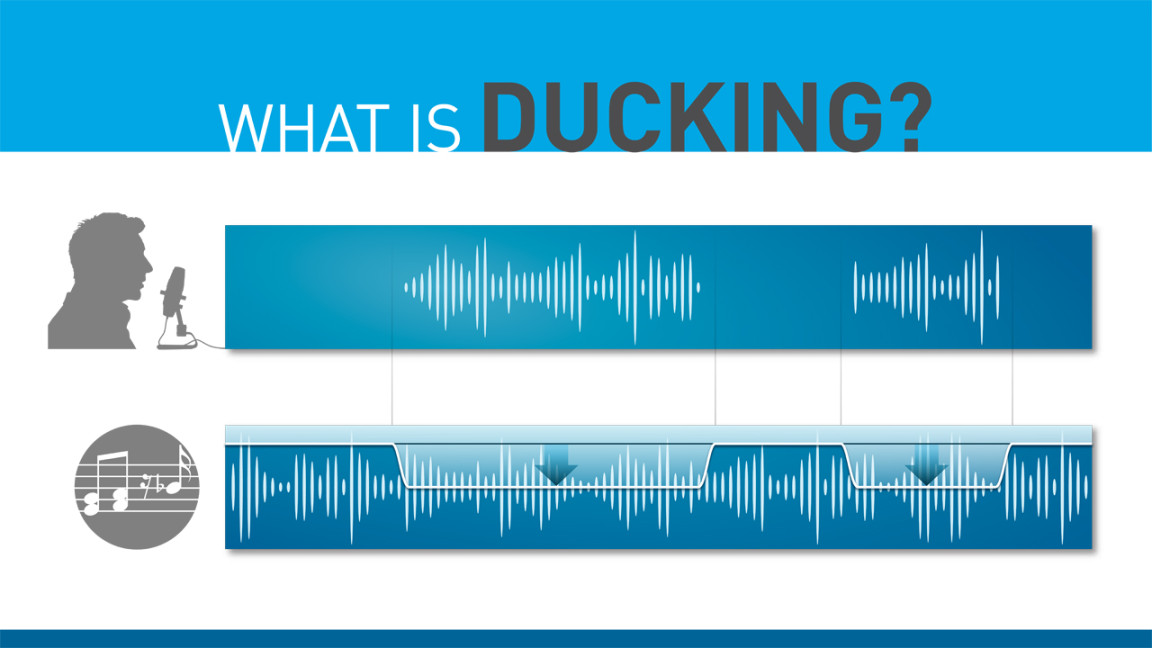What Is Audio Ducking?
Explanation
Audio ducking is a technique used in audio production to automatically lower the volume of one audio track when another track starts playing. This is commonly used in radio broadcasting, podcasting, and film production to ensure that the dialogue or main audio is always clear and audible, even when there are background sounds or music playing.
How Does Audio Ducking Work?

Audio ducking works by detecting the audio signal level of the main track (usually the dialogue) and then automatically lowering the volume of the secondary track (background music or sound effects) when the main track is detected. This ensures that the main audio remains clear and prominent while still allowing the secondary audio to be heard in the background.
What Is Known About Audio Ducking?
Audio ducking is a common technique used in audio production to improve the overall sound quality of a recording. It helps to prevent competing audio tracks from clashing and ensures that the most important audio remains audible at all times. This can be especially useful in situations where there is a lot of background noise or music that could potentially drown out the main dialogue.
Solution
One solution to implement audio ducking is to use audio editing software that has built-in ducking capabilities. This allows you to set the parameters for when the volume should be lowered and by how much. You can also manually adjust the settings to ensure that the ducking effect is applied smoothly and effectively.
Information
There are different types of audio ducking techniques, such as side-chain compression and automated volume control. Side-chain compression involves using a compressor to automatically lower the volume of one track based on the audio signal of another track. Automated volume control, on the other hand, uses algorithms to detect when to lower the volume of one track based on the audio levels of another track.
Conclusion
Overall, audio ducking is a useful technique in audio production that helps to maintain the clarity and balance of different audio tracks. By automatically reducing the volume of background sounds when the main audio is playing, audio ducking ensures that the most important audio remains front and center. Whether you’re a podcaster, radio broadcaster, or filmmaker, audio ducking can help you create professional-sounding recordings with clear and intelligible dialogue.
FAQs
1. Is audio ducking only used in radio broadcasting and podcasting?
2. Can you manually adjust the settings for audio ducking?
3. What are some common audio ducking techniques?
4. How does audio ducking improve the overall sound quality of a recording?
5. Are there any free audio editing software that have built-in ducking capabilities?